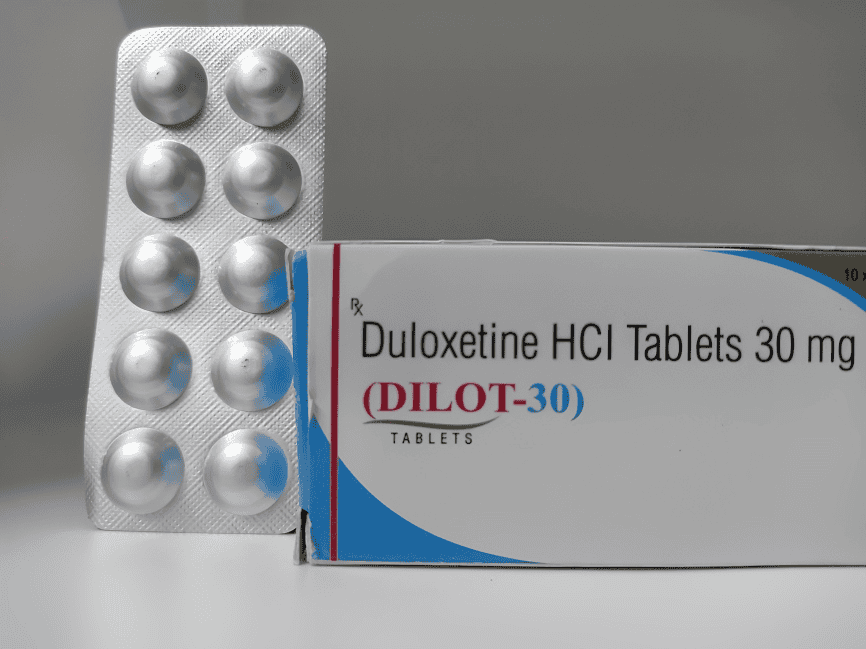Yeast infections are a common and uncomfortable issue that many people face at some point in their lives. When it comes to treating these infections, two popular options often come up: Monistat and Fluconazole. But how do you decide which is the better choice for you?
In this article, we’ll break down the differences between Monistat and Fluconazole, covering their effectiveness, ease of use, side effects, and more. Our goal is to help you make an informed decision about your yeast infection treatment.

A yeast infection, also known as candidiasis, is caused by the overgrowth of Candida, a type of fungus that naturally lives in the body. It commonly affects areas like the mouth, throat, and genitals. Symptoms include itching, burning, and a thick, white discharge.
Causes of Yeast Infections
Yeast infections can be triggered by various factors, including antibiotic use, hormonal changes, or a weakened immune system. Antibiotics can disrupt the natural balance of bacteria and yeast, leading to overgrowth. Hormonal changes, such as those during pregnancy or from using hormonal birth control, can also promote infections. A weakened immune system, whether from stress, illness, or medications, can make one more susceptible.
Common Symptoms and Diagnosis
The hallmark symptoms of a yeast infection include intense itching, burning sensations, and a thick, white, cottage cheese-like discharge. However, not all discharges indicate a yeast infection, making proper diagnosis crucial. A healthcare provider can perform tests, such as a pelvic exam or laboratory tests, to confirm the presence of Candida.
Prevention Strategies
Preventing yeast infections involves maintaining a balanced diet, practicing good hygiene, and avoiding irritants. Consuming probiotics, wearing breathable cotton underwear, and avoiding scented hygiene products can help maintain a healthy balance of bacteria and yeast. It’s also wise to change out of wet clothing promptly and manage stress to support a robust immune system.
Monistat: An Overview

Monistat is an over-the-counter antifungal medication that comes in several forms, including creams, suppositories, and ointments. It is applied directly to the affected area and works by stopping the growth of yeast.
Types of Monistat
Monistat is available in different formulations, typically named by the number of days they should be used:
- Monistat 1: A single-dose treatment designed for quick relief. It’s ideal for those who want a fast solution and are experiencing mild symptoms.
- Monistat 3: A three-day treatment that provides a balance between quickness and thoroughness. This option is suitable for moderate symptoms where more extended treatment is needed.
- Monistat 7: A seven-day treatment that is often recommended for more severe infections. It offers a thorough approach, ensuring that even stubborn infections are addressed.
How to Use Monistat
Monistat products are applied directly inside the vagina using an applicator, usually before bedtime. It’s essential to follow the instructions on the package for optimal results. This ensures the medication stays in place and works effectively overnight. It’s important to complete the full course, even if symptoms improve, to prevent recurrence.
Benefits and Limitations
Monistat’s main advantage is its accessibility and quick relief, especially with Monistat 1. However, it might not be suitable for everyone. Some may experience irritation or find the application process inconvenient. Additionally, it primarily treats the local infection without addressing potential systemic causes.
Fluconazole: An Overview
Fluconazole, commonly known by the brand name Diflucan, is a prescription oral antifungal medication. It is taken as a single pill and works systemically to eliminate the yeast infection.
How Fluconazole Works
Fluconazole works by inhibiting the growth of Candida throughout the body. Because it is taken orally, it can be more convenient for those who prefer not to use topical treatments. This systemic approach makes it effective for recurrent or severe infections, as it addresses the root cause beyond just local symptoms.
Dosage and Administration
A typical dose of Fluconazole for a yeast infection is a single 150 mg tablet. In some cases, a doctor might recommend a second dose if symptoms persist. It’s crucial to follow the healthcare provider’s instructions and not to self-medicate, as improper use can lead to resistance or complications.
Pros and Cons
Fluconazole’s major advantage is its convenience and effectiveness for recurrent infections. However, it requires a prescription, which might be less accessible for some. There are also potential interactions with other medications, and it’s not suitable for everyone, such as pregnant women, without medical advice.
Monistat vs. Fluconazole: Effectiveness
Both Monistat and Fluconazole are effective treatments for yeast infections, but their effectiveness can vary based on individual circumstances.
Speed of Relief
- Monistat 1 vs. Fluconazole: Monistat 1 offers rapid relief, often within one day, thanks to its concentrated formula. However, some people find that their symptoms return shortly after use. It’s essential to consider if quick relief is worth the potential for recurrence.
- Fluconazole: While it may take a bit longer to notice relief, Fluconazole’s systemic approach often provides more lasting results. It may take a few days to feel the full effects, but the relief is generally more durable.
Severity of Infection
For mild infections, Monistat 3 or 7 can be quite effective. However, for more severe or recurrent infections, Fluconazole might be the better choice due to its systemic action. Consulting a healthcare provider can help determine the infection’s severity and the best treatment approach.
Individual Preferences and Needs
Choosing between Monistat and Fluconazole also depends on personal preferences and lifestyle. Some may prefer the convenience of an oral medication, while others may opt for a topical treatment for quick relief. Personal medical history, potential allergies, and other health conditions should also be considered.
Side Effects and Considerations

by Prem Dominic (https://unsplash.com/@prem_dominic)
Monistat Side Effects
- Local irritation: Some users experience burning or itching at the application site, which can be uncomfortable.
- Burning or itching: While these are common side effects, they should not be severe. If they are, discontinuing use and consulting a healthcare provider is advisable.
- Allergic reactions: Though rare, some individuals may have an allergic reaction to the ingredients in Monistat, necessitating immediate medical attention.
Fluconazole Side Effects
- Nausea: A common side effect, though it often resolves on its own.
- Headache: Some users report mild to moderate headaches, which can be managed with over-the-counter pain relief.
- Dizziness: This may affect the ability to drive or operate machinery, so caution is advised.
- Abdominal pain: Occasional abdominal discomfort may occur, but persistent or severe pain should be evaluated by a healthcare provider.
Both medications have potential side effects, and it’s essential to consult with a healthcare provider if you experience any severe reactions.
Cost and Accessibility
Monistat
- Over-the-counter: Available at most drugstores without a prescription. This makes it accessible for immediate treatment without waiting for a doctor’s appointment.
- Cost: Generally affordable, though prices may vary based on the formulation. Generic options may provide a cost-effective alternative for budget-conscious consumers.
Fluconazole
- Prescription required: You’ll need to visit a doctor to get a prescription. This can be a barrier for some, particularly without insurance or access to healthcare.
- Cost: May be covered by insurance, but prices can vary if paying out of pocket. It’s worth checking with your insurance provider to understand coverage and potential co-pays.
Insurance Considerations
Insurance coverage can greatly influence the cost and accessibility of these treatments. Some insurance plans may cover prescriptions like Fluconazole, reducing out-of-pocket expenses. It’s advisable to verify coverage details with your provider and explore generic alternatives if cost is a concern.
When to See a Doctor
If you’re dealing with your first yeast infection, or if symptoms persist despite treatment, it’s important to consult with a healthcare provider. They can confirm the diagnosis and recommend the best course of action.
Persistent or Recurrent Infections
Recurrent infections may indicate an underlying health issue or resistance to standard treatments. A healthcare provider can conduct further tests to identify any contributing factors and tailor a treatment plan accordingly.
Severe Symptoms
If you experience severe symptoms such as intense pain, fever, or a rash, it’s crucial to seek medical attention. These could indicate a more serious condition or an infection that requires a different treatment approach.
Special Populations
Certain groups, such as pregnant women, individuals with diabetes, or those with compromised immune systems, should seek medical advice before starting treatment. These conditions can affect both the choice of medication and the overall treatment strategy.
Conclusion: Which Should You Choose?
Choosing between Monistat and Fluconazole depends on your symptoms, preferences, and medical history.
- If you prefer a quick, over-the-counter option: Monistat 1 or 3 might be the way to go. It’s convenient and effective for mild to moderate symptoms.
- If you want a long-lasting solution and don’t mind waiting a bit longer for relief: Fluconazole could be more suitable. Its systemic approach offers a thorough treatment for more severe or recurrent infections.
Ultimately, both Monistat and Fluconazole have proven to be effective treatments for yeast infections. Consider consulting with a healthcare provider for personalized advice, especially if you have recurrent infections or other health concerns.
Taking charge of your health is important, and we hope this comparison has provided you with the information you need to make the best decision for your yeast infection treatment.


